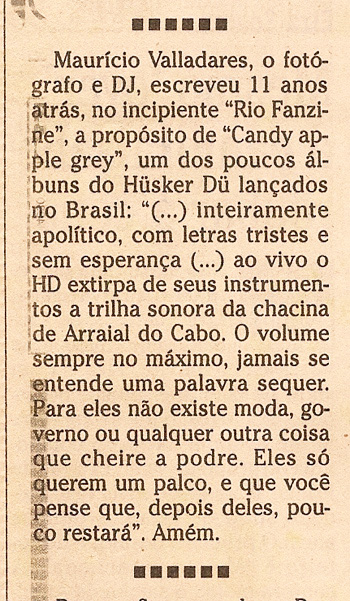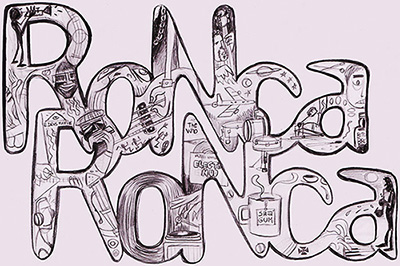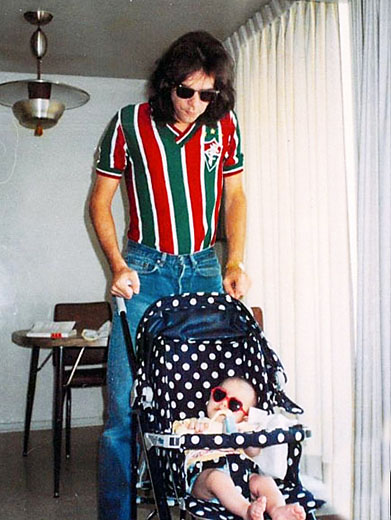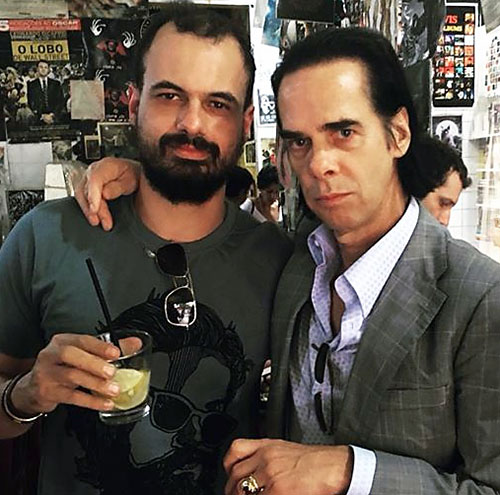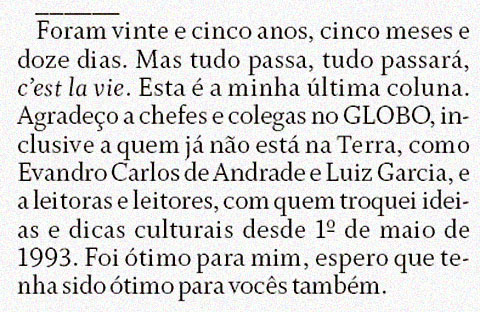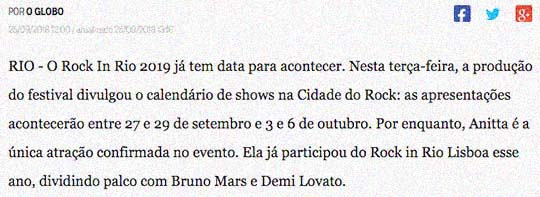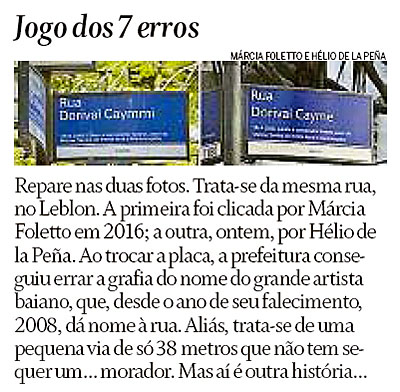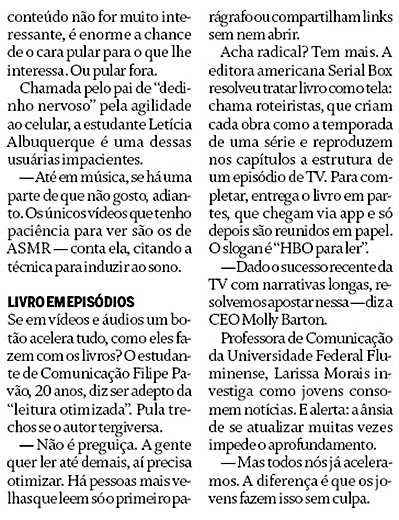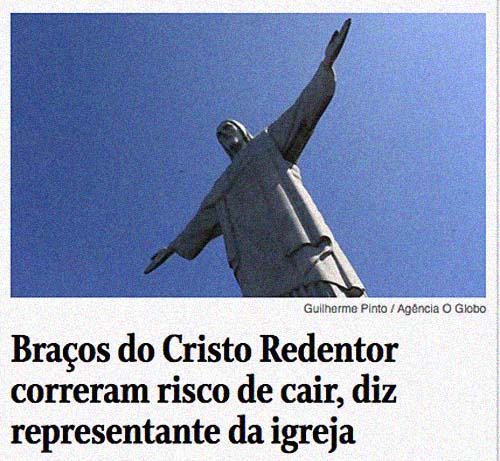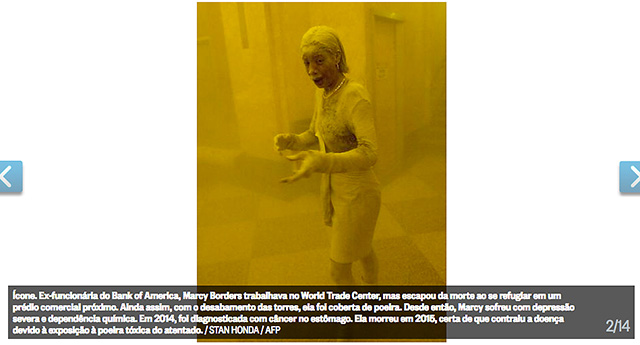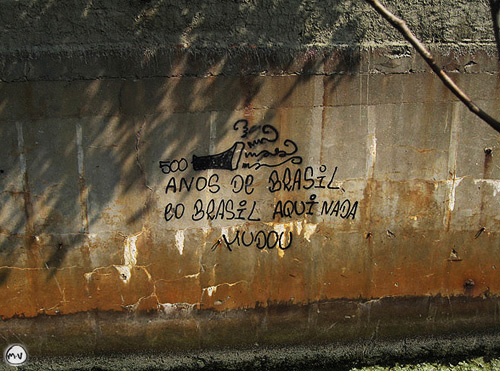
fui dar uma catada na web sobre o embate de amanhã grêmio X vasco… e acabei atingido por uma tijolada linguística que me deixou alguns segundos fora do ar… sério!
não demorou para ficar de novo “em modo avião” já que a atrocidade foi emitida por um “conceituado” veículo de comunicação.
alguns minutos depois, tentei localizar a cena do crime… mas não tive força suficiente para voltar ao pântano da escrita “jornalística”.
insistente, fui buscar informações sobre o bang-bang que rolou antes de fogão X fla e…

jisus, deve ter sido por conta dos muitos ingressos vendidos que a tchurma do globo.com…
coincidentemente, no início da semana, o G1 publicou uma preocupante matéria (AQUI) sobre a relação aluno-professor, no brasa…

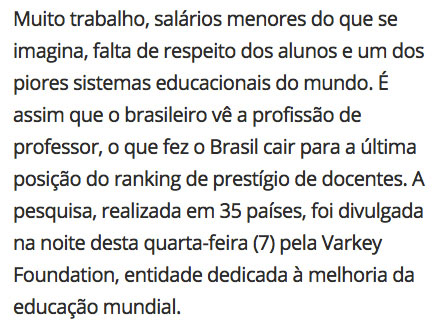

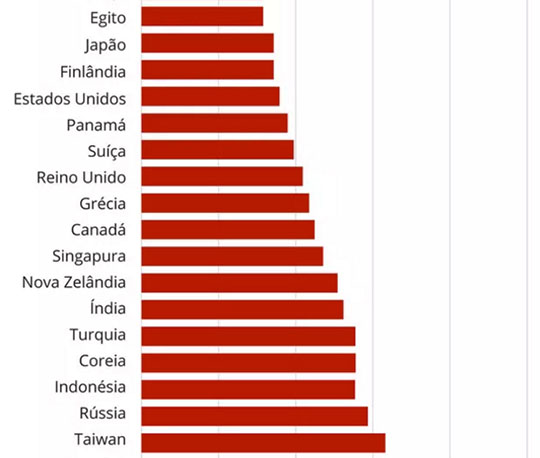

detalhe para as posições de chile, peru e colombia!
como será possível manter o interesse dos brasileiros pela informação foreta da padronização? como ficarão a Música, o Cinema, o Jornalismo? e o roNca?
) :

